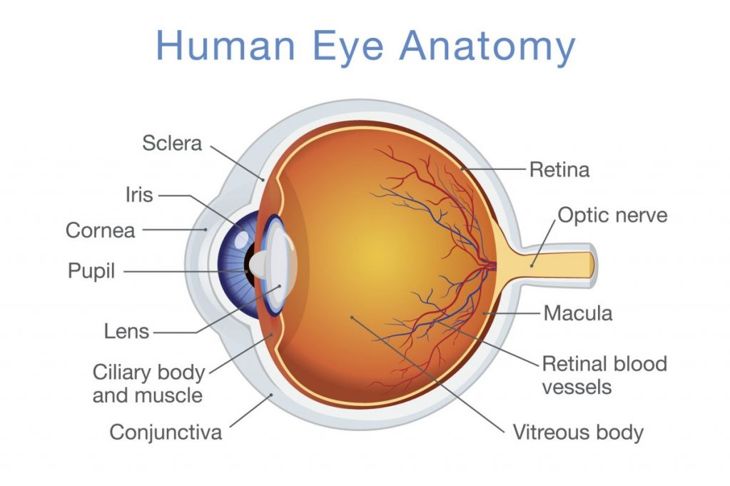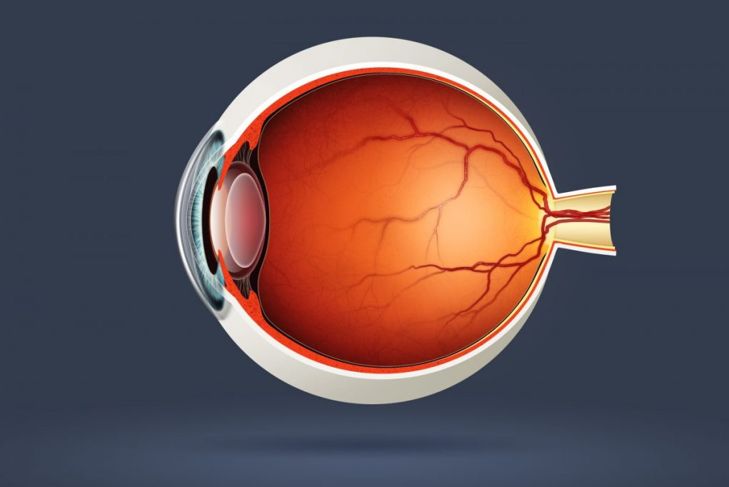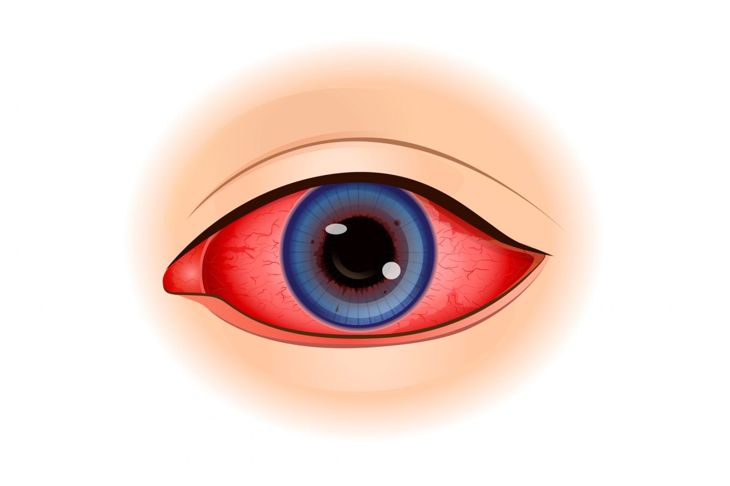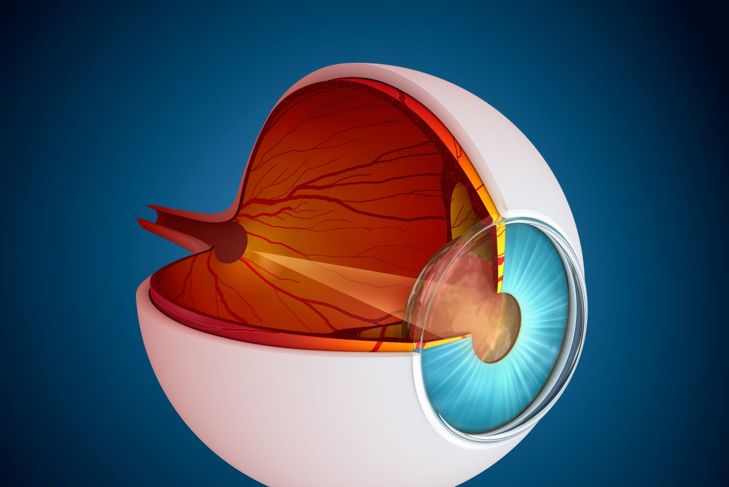Uveitis is inflammation of the middle part of the eye, the uvea, which sits beneath the cornea and the sclera, the white part of the eyes. Uveitis affects this region, which includes the iris. In the U.S., there are over 40,000 newly diagnosed cases annually, with a wide range of causes. However it develops, uveitis is serious and needs immediate attention. Unfortunately, because the condition can be misidentified as other, less serious issues, diagnosis can be challenging and treatment delayed, in some cases.
Anterior Uveitis
There are four types of uveitis. Anterior uveitis affects the front part of the eye and comes on suddenly. The anterior uvea is primarily composed of the area around the pupil and part of the ciliary body, which produces the fluid that fills the front of the eye. During an examination, the optometrist may notice the inflamed cells in the anterior chamber, the space with watery fluid. Untreated, anterior uveitis increases the risk of glaucoma and retinal edema.
Intermediate and Posterior Uveitis
Also known as pars planitis, intermediate uveitis mostly affects the anterior vitreous, located behind the lens and iris. It also involves the peripheral retina, which is responsible for peripheral and night vision. Posterior uveitis is rare and associated with vision loss. It affects the choroid connective tissue and can also inflame the optic nerve.
Panuveitis
Panuveitis affects all eye layers, including the nerves. Studies indicate that a significant number of cases are due to an unknown cause, though some are associated with primary conditions. This disease can last for a short time, or it can be a chronic occurrence. Because it is similar to other conditions, panuveitis can be misdiagnosed or overlooked, increasing the risk of vision loss.
Symptoms and Causes of Uveitis
Depending on the type of inflammation, uveitis symptoms include light sensitivity, redness, blurry vision, and dark floaters that look like rods. The condition can affect both eyes, and in the case of intermediate uveitis, symptoms may not even include eye pain. The inflammation that causes this disease may come from a toxin that somehow enters, then injures the eyes. Uveitis may also be caused by an underlying autoimmune disorder, systemic infection, or a tumor.
Causes: Ulcerative Colitis
It is unlikely most people would connect irritable bowel diseases with eye problems. However, researchers found that when uveitis occurred with ulcerative colitis, there was a higher recurrence rates.
Causes: Autoimmune Arthritis
Autoimmune arthritis such as rheumatoid arthritis affects millions in the U.S., and studies show that the disease causes immediate degradation of collagen type I and II. Eyes, just like joint tissue, are primarily composed of collagen and can succumb to arthritic inflammation, even when an individual is not experiencing an active flare. Uveitis in people with autoimmune arthritis can indicate vasculitis or blood vessel inflammation. Any lesions on the eye need to be treated carefully or could result in permanent damage.
Herpes
Herpes simplex, the virus that causes cold sores is usually dormant until triggered, and in addition to causing cold sores, affects the eyes in rare cases. If the infection develops in the conjunctiva, the lining of the eyelid, it can spread to other parts of the eye, including the uvea. Unless handled, the infection can lead to vision loss.
Diagnosis and Treatments
To diagnose uveitis, doctors will run blood tests and analyze the fluid in the eye. They will also examine retinal thickness and blood flow to ascertain if there is an underlying condition. In the case of an infection, medical professionals may prescribe antibiotics and antivirals in addition to anti-inflammatory medications. Immunosuppressive drugs and steroids can help with primary autoimmune conditions. In particularly severe cases, specialists may surgically remove the vitreous of the eye and replace it with another gel-like solution.
Retinal Detachment
One of the most serious complications of uveitis is retinal detachment, which can occur in one or both eyes. Studies show that in most cases of viral uveitis, posterior uveitis had the highest incidence of detachment. In over half of the cases, acute retinal necrosis preceded detachment, and while surgery may reattach the retina, resulting vision loss can be as high as 62 percent.
DNA Microarrays
The ability to genetically map diseases and conditions can aid in better medications. Scientists can use DNA microarrays or chips to measure and analyze the expression of multiple genes simultaneously. In a study of rats with toxin-induced uveitis, researchers identified genes of the body’s inflammation pathway that were associated with uveitis. Though more research is needed, identifying triggers will enable scientists to tailor better solutions to counteract them.

 Home
Home Health
Health Diet & Nutrition
Diet & Nutrition Living Well
Living Well More
More




















